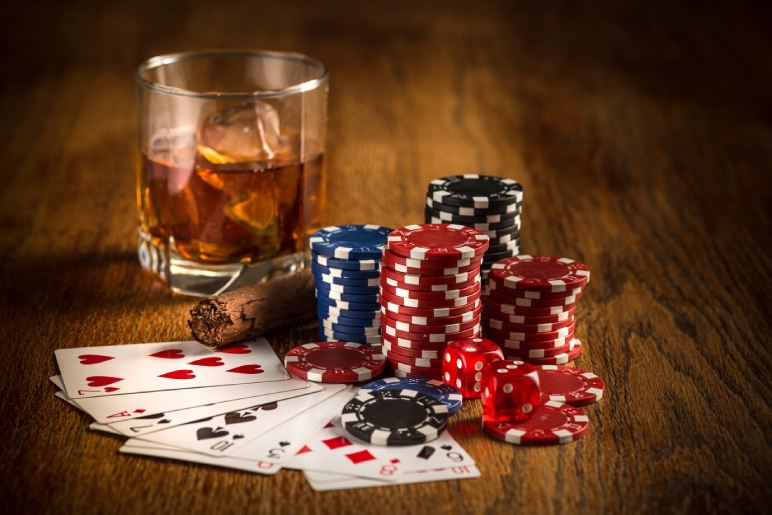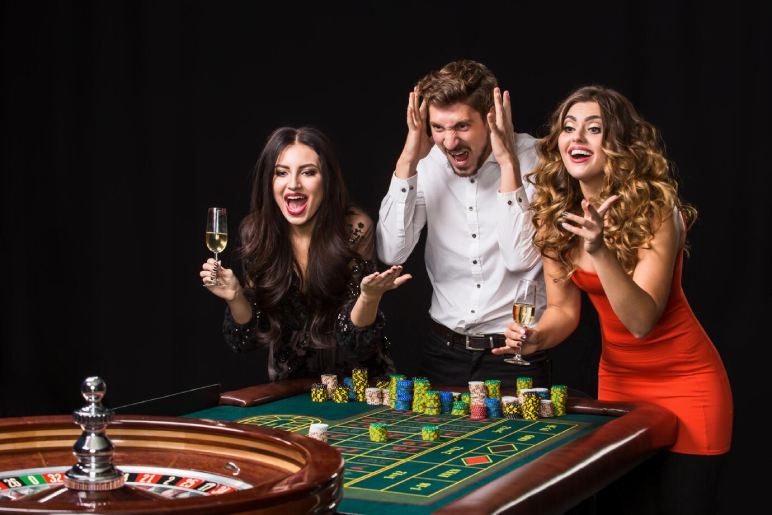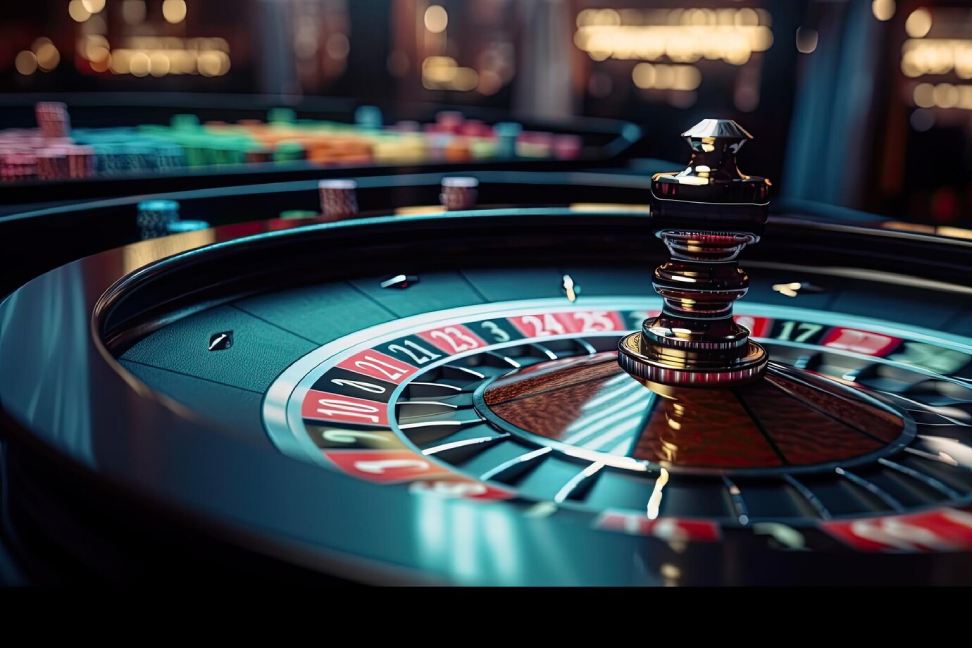Step onto a casino floor, and you’re bombarded with flashing lights, vibrant colors, and the incessant chiming of winning bells. Slot machines, the undisputed kings of this glittering realm, are meticulously designed to exploit psychological triggers, keeping players engaged and eager for that next spin. Let’s delve into the captivating science behind these hypnotic machines.
A Symphony of Rewards: Dopamine and the Thrill of the Win

Winning in a slot machine triggers the release of dopamine, a neurotransmitter associated with pleasure and reward. Even near-misses or bonus rounds can create a surge of dopamine, keeping players motivated to chase that winning feeling. The unpredictable nature of slot payouts further amplifies this effect. Unlike games with clear odds, slot machines create a constant state of anticipation, fueling the desire to “just one more spin” in the hope of unlocking the jackpot.
The Illusion of Control: The “Spin” Button and the Power of Choice

Despite being completely random, slot machines offer an illusion of control through the ever-present “spin” button. Players feel a sense of agency by initiating the action and pay the minimum amount in Visa33 games. This perceived control fuels the belief that skill might influence the result, leading to extended play sessions.
The Power of Positive Reinforcement: Near Misses and “Almost Wins”
Slot machines are masters of positive reinforcement. The machines are programmed to generate near misses – where symbols almost line up for a win. These near misses, combined with flashing lights and celebratory sounds, create a sense of “almost winning” that keeps players engaged. It reinforces the idea that a win is just around the corner, encouraging them to keep feeding the machine.
The Engrossing World of Themes and Escapism:
Slot machines aren’t just about spinning reels; they offer a chance to escape into fantastical worlds. From ancient Egypt to underwater adventures, these captivating themes tap into players’ desires for excitement and adventure. The immersive audio-visual experience transports players to these alternate realities, further blurring the lines between time and money spent.
The Slippery Slope of the “Sunk Cost Fallacy”
The “sunk cost fallacy” is a cognitive bias that plays perfectly into slot machine design. Players who have already invested money in a losing session are more likely to continue playing to “win back” their losses. This fallacy fuels the urge to keep spinning in the hope of recouping their investment, even when logic dictates otherwise.
Beyond the Spin: Responsible Gaming Practices
Understanding the psychological tactics employed by slot machines is crucial for responsible gambling. Setting time and budget limits, taking breaks, and recognizing these psychological triggers can help players maintain a healthy relationship with these captivating games.
Slot machines are a potent cocktail of psychology and design, offering a thrilling yet carefully controlled experience. By understanding the science behind the allure, players can navigate the casino floor with a more informed perspective.
Read More:
- What Is Uncharted Games?
- Exploring the World of Mario Kart Characters
- How To Make A Lead In Minecraft: Guide,Uses & More


